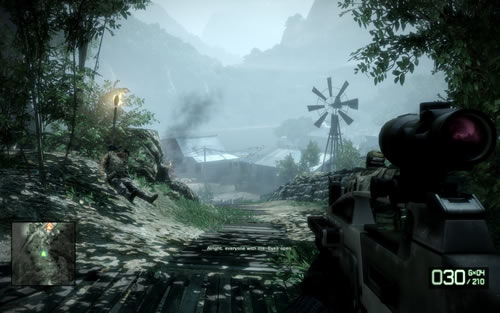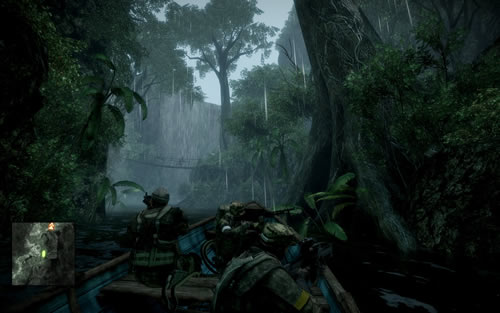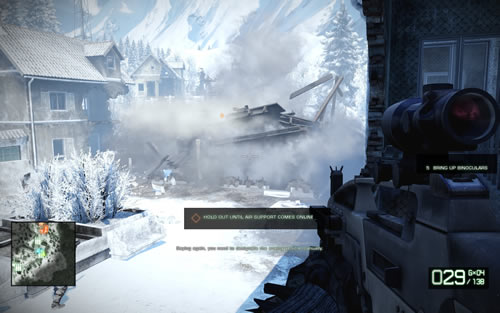PC gamers are no strangers to the Battlefield franchise, making its first appearance in 2002 with the multiplayer focused Battlefield 1942. Several other titles and expansion packs have followed in recent years, though Battlefield: Bad Company 2 is the direct sequel to a game released in 2008 that only made it to consoles.
So, if for a second you were left wondering when was that you missed the first Bad Company game, now you know why as there was no PC version to talk about. Instead we received Battlefield 2142 in 2006, and the cartoon-style free to play Battlefield Heroes last year.

Battlefield: Bad Company 2 made it to store shelves just last week, built around the Frostbite 1.5 engine, the same engine used in Battlefield 1943. One addition in particular called Destruction 2.0, which adds bullet drop and the ability to destroy entire buildings instead of only walls should make this latest title a little more exciting. The developer claims this revision of the Frostbite engine features multiple enhancements with a lot of effort gone into building the PC version.
DICE (Digital Illusions CE) is said to be working on the Frostbite 2 engine at the moment. This upcoming engine will carry native support for DirectX 10.1 and DirectX 11, as well as parallelized processing supporting 2-8 parallel threads, allowing it to use the full capacity of a Core i7 processor, for example. The Frostbite 1.5 engine used on Battlefield: Bad Company 2, on the other hand, is mostly DirectX 10 based with a few additions catered to DX11 users, namely softened dynamic shadows and presumed performance improvements. A cut-down rendering version that only uses DX9 is also included, so Windows XP users can still enjoy the game.

A few other notes relevant to hardware support on Battlefield: Bad Company 2 is that the game has received official Eyefinity support by AMD. In other words, owners of Radeon HD 5000 graphics cards can play this game using the Eyefinity rendering mode, where you can have 3 or even 6 monitors connected to a single graphics card. The game will detect the mode and switch to the very wide aspect ratio, render using a wide horizontal field of view and keep the menus & HUDs on the middle display. Nvidia has also given support to DICE and their 3D Vision and 3D Vision Surround features should be supported via a patch later on.
In terms of visual quality and gameplay Battlefield: Bad Company 2 is highly impressive and in my opinion provides Crysis-like graphics on a Call of Duty: Modern Warfare 2 type feel.

Any game that looks this good is going to be demanding. What we experienced is that tuning down visual settings along with the resolution still hurt budget and even some mid-range graphics cards. DICE recommends at least a GeForce GTX 260 or Radeon HD 4870 graphics card to play Battlefield: Bad Company 2, and it is rare to find this kind of high performance GPUs falling under the recommended specifications.
However, having now performed hours of testing with Battlefield: Bad Company 2, we could not agree more. Read on for our in-depth findings on GPU performance and CPU scaling.